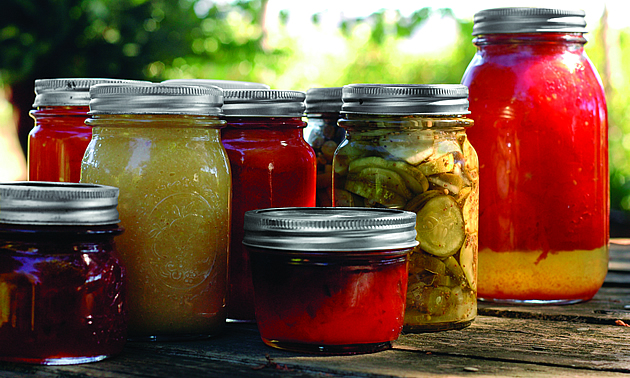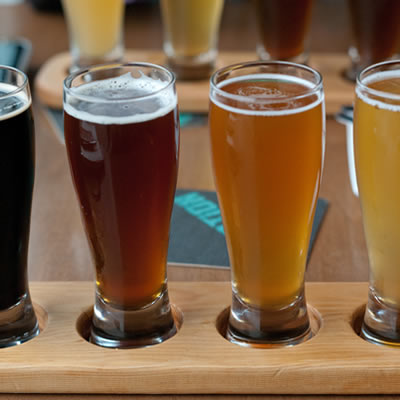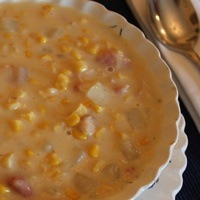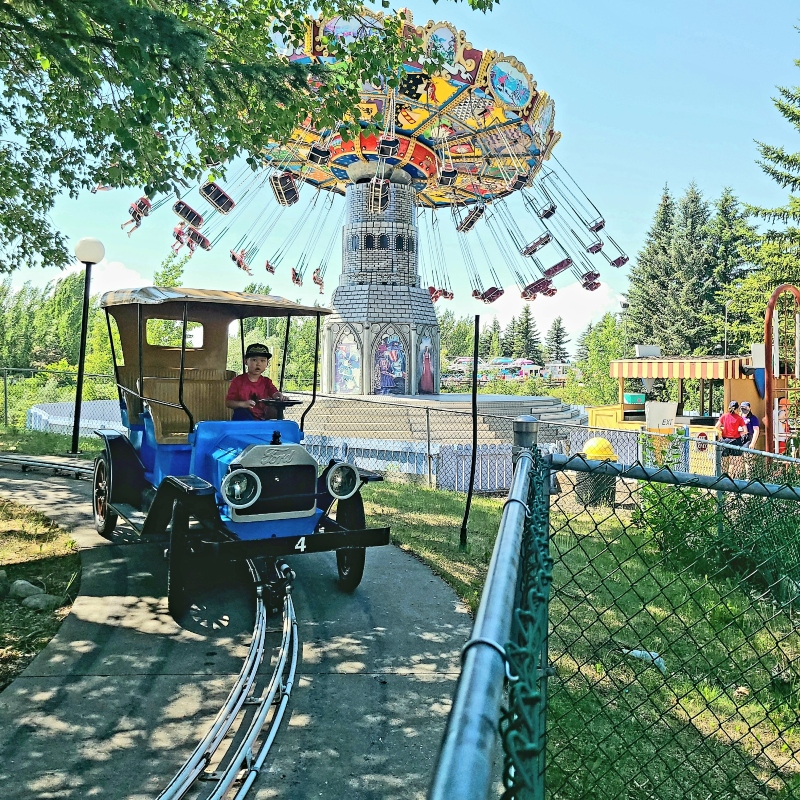What do I need to make preserves?
Next time you spy a market or a roadside stand, you'll be able to make the most out of what you buy

(NC)—Buying produce local, not global, delivers direct benefits to you, to the farmers and to the environment, enthusiasts say. For example, the decision to purchase fruit and vegetables from a market or roadside stand gives you and your family fresh-picked taste and quality; it gives local farmers financial support; and it gives the environment a break from the carbon footprints caused by lengthy food transportation.
During the next three months or so there will be a bounty of local crops everywhere—and Canada's trend-setting foodies tell us they will be canning and preserving as many recipes as possible to ensure such superior taste and nutrition all year.
“Home canning is not complicated, but it does require some guidance the first time,” said chef Emerie Brine at Bernardin, a leading name in this field. “Our website gives you a full overview including basic instructions, quick tips, equipment needed, recipes, plus a schedule of interactive workshops in your community.
“We subject all of our recommendations to rigorous testing,” he continued. “From the Mason jar design and thermal shock resistance, to sealing compounds and pectin performance, every safety aspect is investigated and monitored. Educational materials and recipes are tailored to Canadian standards and tastes. Even dietetic and allergy-related issues are factored in.”
To get you started, here's a snapshot of chef Emerie's equipment recommendations, all of which are available where home canning supplies are sold, or on the company website at www.bernardin.ca:
Essentials:
• Mason jars or freezer jars
• Two-piece, specialized closures, called Snap Lids®, or freezer jar lids
• Large deep pot to prepare recipe
• A canner. For high-acid foods like produce, a large deep pot for boiling water, fitted with rack and lid. For low-acid foods like meat protein, a pressure canner is recommended.
• Accurate measuring spoons and cups
Useful Items:
• Long handled spoons and spatulas
• Ladle or handled cup to transfer recipe to jars
• Canning toolkit including a non-metalic funnel, tongs
• Jelly bags (if making jelly)
• Wide mouth funnel
• Jar lifter
• Magnetic wand to lift the metal Snap Lid®
• Weight scale
• Hand protection: oven gloves and rubber gloves








